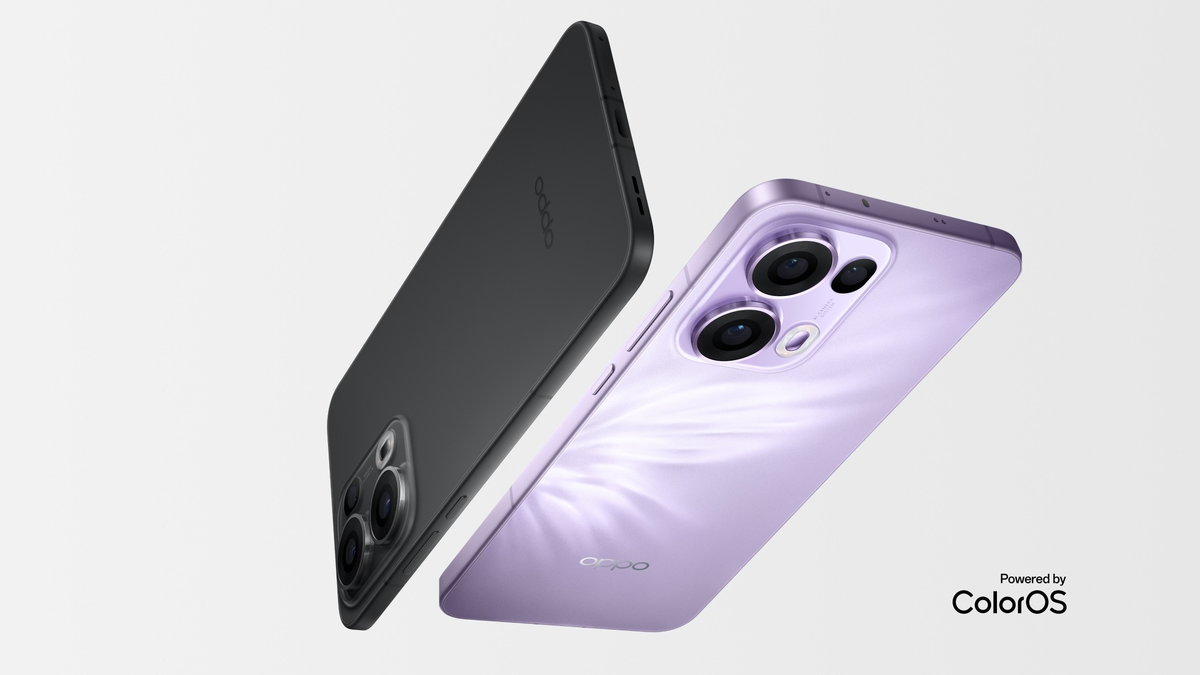In a groundbreaking move that is already sending shockwaves through the tech world, OpenAI has acquired Jony Ive’s AI hardware startup, io, in a $6.5 billion deal. This bold step marks OpenAI’s official entry into the consumer hardware market, aiming to create next-gen AI-powered devices that will redefine how humans interact with machines.
At the center of this transformative venture is Jony Ive, the legendary designer behind Apple’s most iconic products. With a team of 55 former Apple veterans and a clear vision for the future, OpenAI is now positioned to lead the AI hardware revolution.
A Strategic Move into the Future of AI
OpenAI’s decision to invest heavily in hardware isn’t just about building physical devices—it’s about reshaping the interface between humans and machines. This acquisition folds in io’s elite team of engineers and designers, including Scott Cannon, Tang Tan, and Evans Hankey, all of whom have collaborated with Ive on past Apple successes.
The company already held a 23% stake in io and has now fully committed with a $5 billion all-equity transaction, proving its visionary commitment to developing intelligent hardware that blends seamlessly into everyday life.
With plans to launch the first AI-powered consumer device by 2026, this partnership could drastically shift how we perceive and use technology.
Jony Ive & LoveFrom: Leading the Creative Frontier
Despite the acquisition, Jony Ive’s design agency LoveFrom will retain its independence. This ensures that OpenAI products continue to benefit from Ive’s distinctive design philosophy, renowned for minimalism, elegance, and user-centricity.
OpenAI CEO Sam Altman called Ive the “greatest designer in the world,” and emphasized his excitement in having LoveFrom help guide OpenAI’s creative direction. Ive, in turn, described this partnership as the culmination of his three decades in design and innovation.
This collaboration between cutting-edge AI and legendary design has the potential to not only change the market but to set a new global standard for AI hardware.
Beyond Screens: The Birth of a New Interface
One of the most revolutionary aspects of this collaboration is the shared vision to move beyond traditional screens and keyboards. Altman and Ive have spent the last two years secretly working on futuristic prototypes that explore how AI can be embedded into more natural and immersive human interactions.
Their goal is to build an interface that is intuitive, unobtrusive, and deeply intelligent—replacing smartphones and laptops with AI-powered ambient devices that anticipate and respond to users’ needs in real-time.
In a recent OpenAI video, Altman highlighted the importance of building a “new kind of computer” that aligns more closely with how humans think, speak, and interact. This could mark a paradigm shift in computing as we know it.
Physical Intelligence & Robotics: The Bigger Picture
OpenAI’s hardware play isn’t limited to consumer devices. The company is actively building what it calls “Physical Intelligence”—a fusion of large-scale AI models and robotics. OpenAI has invested in robotics startups and recently brought in Caitlin “CK” Kalinowski, formerly head of Meta’s Orion AR program, to lead hardware strategy.
This expansion positions OpenAI as a dominant force not just in digital AI, but in the physical AI ecosystem as well—integrating generative AI into robots, wearables, and intelligent environments.
As rivals like Google, Anthropic, and xAI race toward similar goals, OpenAI’s first-mover advantage in forming a strong design + tech alliance may give it the edge to dominate the AI future.
The Ripple Effect Across the Tech Industry
The announcement has already made waves, even impacting Apple’s stock as news of Ive’s return to hardware development spread. Analysts believe this partnership could spark a new arms race in AI hardware, pushing tech giants to rethink how they incorporate AI into physical products.
With a company valuation nearing $300 billion, OpenAI’s combination of AI brilliance, design mastery, and visionary leadership puts it in a prime position to redefine the next generation of computing.
What Comes Next?
With the first AI-powered device expected to launch in 2026, the world is watching closely. This isn’t just another product release—it’s the birth of a new category in consumer technology. From wearable AI to ambient home systems, the possibilities are endless.
As OpenAI and Jony Ive bring their visionary collaboration to life, we may be witnessing the dawn of an entirely new way for humans to interact with the intelligent world around them.
Also Read : Top 10 AI Video Generators for 2025: Revolutionize Your Content Creation
Looking to grow your brand online? Our expert digital marketing services help you boost visibility, generate quality leads, and drive real results. From SEO and social media to performance marketing, we’ve got you covered check out our services at KnightPixels and let’s elevate your digital presence!









